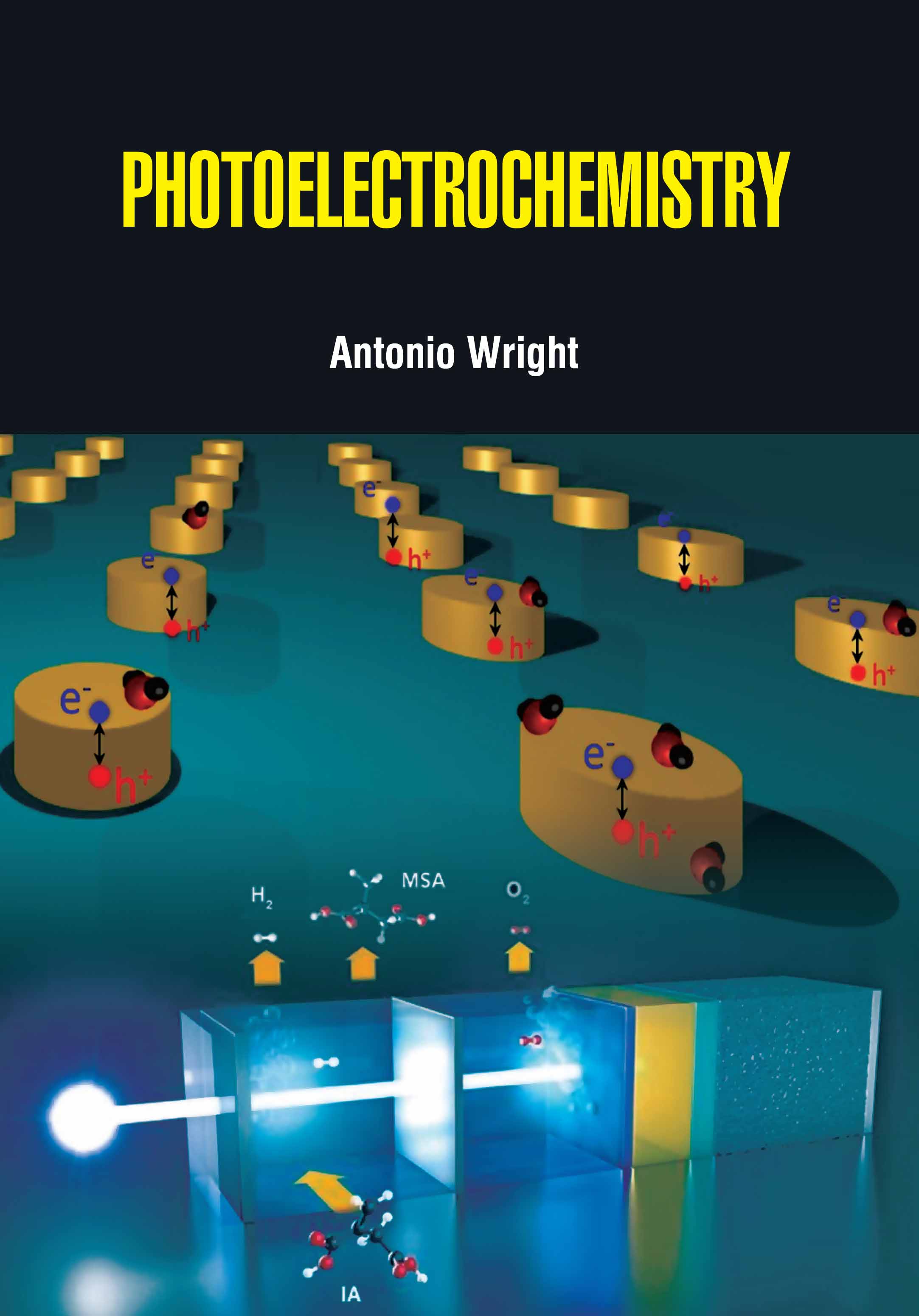About This Book
Physical and Engineering Geology is a multidisciplinary branch of Earth sciences that focuses on
understanding geological processes and applying this knowledge to solve engineering and
construction-related challenges. Physical geology deals with the natural processes shaping the Earth's
surface, including weathering, erosion, volcanic activity, earthquakes, and plate tectonics. It helps in
understanding landform development, rock formation, and the dynamic nature of the Earth.
Engineering geology, on the other hand, applies geological principles to ensure safe and stable
engineering structures such as dams, tunnels, bridges, highways, and buildings. It involves the
assessment of soil and rock properties, slope stability, groundwater conditions, and seismic risk in
construction sites. Engineers and geologists work together to analyze geological hazards and select
suitable locations and materials for construction projects. This field plays a crucial role in reducing risks
related to landslides, earthquakes, and ground subsidence. By identifying potential hazards early,
engineering geology helps in designing effective mitigation strategies and promoting sustainable
development. Together, physical and engineering geology form a vital link between the natural world
and human-made infrastructure, ensuring that construction and development are grounded in a solid
understanding of Earth's physical behavior. Their combined insights lead to safer, more resilient, and
environmentally conscious engineering solutions. Physical and Engineering Geology explores the
principles of Earth processes and their practical applications in civil and environmental engineering.
Contents: 1. Introduction, 2. Theoretical Concepts of the Hydrologic Cycle and Climate Interaction,
3. Physical Weathering of Rocks, 4. Geological Deformations: Understanding Faults and Folds in Earth’s
Crust, 5. Minerals and Rocks: A Study of Mineralogy and Petrography, 6. Applied Geotechnics:
Foundations and Earth Structures, 7. Geological Evaluation of Sedimentary Basins and Depositional
Systems, 8. Seismic Design and Structural Response in Earthquake Engineering.

